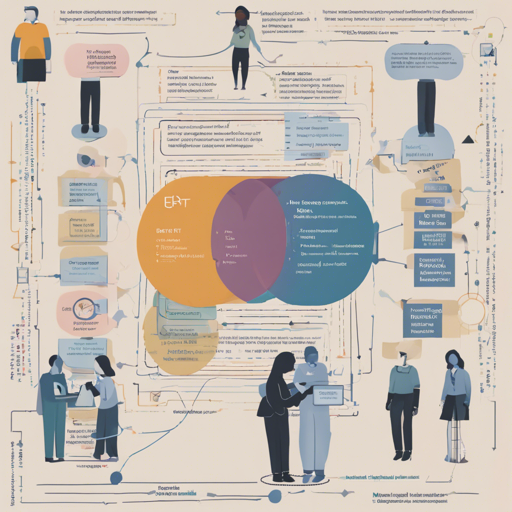In the world of natural language processing (NLP), the BERT (Bidirectional Encoder Representations from Transformers) model has emerged as a powerful tool for various classification tasks, including gendered text classification. This guide provides a step-by-step process for utilizing the BERT model for OGBV gendered text classification, exploring its setup, usage, and performance metrics in a user-friendly manner.
Step 1: Set Up Your Environment
Before diving into the code, ensure you have the necessary libraries installed in your Python environment. The primary library we will be using is the Transformers library from Hugging Face.
- Open your terminal or command prompt.
- Run the command:
pip install transformers
Step 2: Import the Required Libraries
Once your environment is set up, you can begin your Python script with the appropriate imports. Here’s how:
from transformers import AutoTokenizer, AutoModelForSequenceClassificationStep 3: Load the Pre-trained Model
Now, it’s time to load the pre-trained BERT model specifically tailored for OGBV gendered text classification. Think of the model as a chef ready to whip up a meal, with the tokenizer as the cookbook guiding the chef through the recipe.
tokenizer = AutoTokenizer.from_pretrained('mlkorra/OGBV-gender-bert-hi-en')model = AutoModelForSequenceClassification.from_pretrained('mlkorra/OGBV-gender-bert-hi-en')In this analogy, the tokenizer breaks down your text into digestible pieces (tokens), while the model analyzes these tokens to classify gender effectively.
Step 4: Evaluate the Model’s Performance
To understand how well your model performs, we need to look at specific metrics based on evaluation data. Here’s what the performance metrics reveal:
- Accuracy: Development set – 0.88, Test set – 0.81
- F1 Score (weighted): Development set – 0.86, Test set – 0.80
This shows that the model is quite reliable, with an accuracy of 88% on the development set. Think of these metrics as report cards for your model’s performance. The more they reflect high scores, the better your model is at understanding and classifying text.
Troubleshooting Tips
If you encounter any issues while implementing the BERT model, consider the following troubleshooting ideas:
- If the model doesn’t load properly, double-check the model name for any typos.
- Ensure that your Python and library versions are up to date.
- If you experience memory errors, try using a machine with more RAM or reducing the batch size during evaluation.
For more insights, updates, or to collaborate on AI development projects, stay connected with fxis.ai.
Conclusion
Using the BERT model for OGBV gendered text classification may seem daunting, but with the right setup and understanding, you can effectively implement it in your projects. Remember that the journey with AI is one of continual learning, so don’t hesitate to experiment.
At fxis.ai, we believe that such advancements are crucial for the future of AI, as they enable more comprehensive and effective solutions. Our team is continually exploring new methodologies to push the envelope in artificial intelligence, ensuring that our clients benefit from the latest technological innovations.

